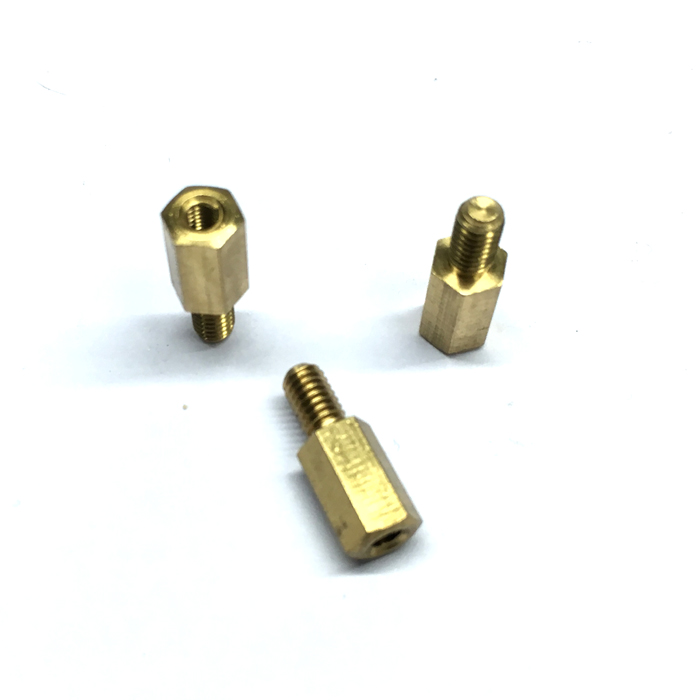An overview of the brass CNC machining process
2023-10-17
Brass CNC machining is a manufacturing process that involves the use of computer numerical control (CNC) machines to create precise components and parts from brass material. Brass is an alloy of copper and zinc and is known for its excellent machinability, corrosion resistance, and attractive appearance. CNC machining allows for high-precision manufacturing of parts with complex shapes and features. Here's an overview of the brass CNC machining process:
1. Design and CAD Modeling:
- The process begins with the design of the part or component using computer-aided design (CAD) software. The CAD model specifies the geometry, dimensions, and specifications of the part.
2. CAM Programming:
- The CAD model is translated into a CNC program using computer-aided manufacturing (CAM) software. The CAM program generates toolpaths, which are instructions for the CNC machine to follow when machining the brass material.
3. Material Selection:
- Brass is chosen as the raw material based on the specific requirements of the part. Different types of brass alloys are available, each with its own properties such as tensile strength, corrosion resistance, and machinability.
4. Fixturing and Setup:
- The brass stock is securely clamped onto the CNC machine's worktable using fixtures or clamps. Proper setup is essential to ensure the part remains stable and accurately positioned during machining.
5. Tool Selection:
- The appropriate cutting tools, such as end mills, drills, and taps, are selected based on the part's geometry and the machining operations required.
6. CNC Machining:
- The CNC machine follows the programmed toolpaths to remove material from the brass workpiece. Typical machining operations for brass include milling, drilling, turning, and threading. These operations can create features like holes, slots, threads, and complex contours.
7. Quality Control:
- Quality checks and measurements are performed during and after machining to ensure the part meets the specified tolerances and quality standards. Precision measuring instruments such as calipers, micrometers, and coordinate measuring machines (CMMs) may be used.
8. Surface Finishing:
- Depending on the application and customer requirements, the brass part may undergo surface finishing processes such as polishing, plating, or coating to improve its appearance, durability, or corrosion resistance.
9. Deburring and Cleaning:
- After machining, the part is typically deburred to remove sharp edges and cleaned to eliminate machining residues or contaminants.
10. Final Inspection:
- A final inspection is conducted to verify that the brass part meets all specifications and quality standards before it is ready for use or assembly into the final product.
Brass CNC machining is a widely used manufacturing process in various industries, including automotive, aerospace, electronics, plumbing, and musical instruments. It offers advantages such as excellent dimensional accuracy, surface finish, and the ability to produce intricate and decorative parts. Brass parts are often chosen for their combination of aesthetics and functionality.



